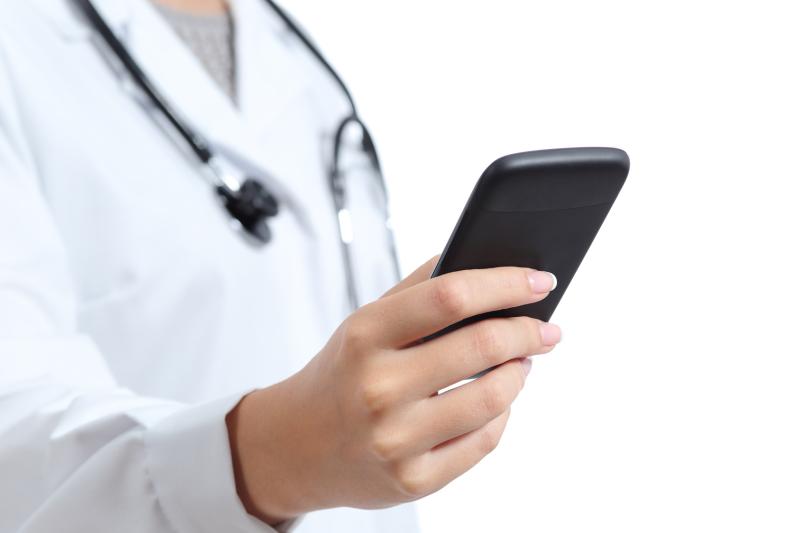 Mobile apps as tools for medical research
Mobile apps as tools for medical researchA mobile-based screening application (app) has been shown to increase postpartum compliance rates and improve the diagnosis of type 2 diabetes mellitus (T2DM) among women with gestational diabetes, reports a recent study.
“Gestational diabetes is a substantial and growing public health issue,” the researchers said. “We developed an innovative text-based mobile app that allows patients to report fasting blood glucoses at home through their mobile phone.”
A total of 446 women with gestational diabetes were included in this prospective cohort study. Of these, 239 had usual care and 207 had text-based care. Patients in the usual care group underwent screening with a 75-gram oral glucose tolerance test (OGTT) at 6 weeks postpartum. Those in the text-based group recorded their fasting glucose levels for 3 consecutive days at 6 weeks postpartum using the mobile app.
Compliance was defined as submission of all three fasting values by the patients. Bivariate and multivariate analyses were carried out where applicable.
OGTT was considered the gold standard for diabetes screening. A T2DM diagnosis was made if OGTT level was >199 mg/dL or if anyone fasting in the text arm had >95 mg/dL. Agreement between OGTT and text-based tests was evaluated using sensitivity, specificity, positive and negative predictive values with exact binomial 95 percent confidence intervals.
Compliance rates nearly doubled with text-based screening compared to standard screening with OGTT (47 percent vs 25 percent; p<0.001). In addition, eighty-three (40 percent) patients enrolled for text-based care also completed the standard OGTT screening test. [Am J Obstet Gyneco 2020;222:S63]
The novel text-based mobile app demonstrated sensitivity of 100 percent (69.1–100 percent) and specificity of 88 percent (78.3–94.0 percent), with negative predictive value of 100 percent (98.4–100 percent) and positive predictive value of 53 percent (29.9–76.1 percent). Among those with normal text results who also underwent screening with OGTT, none were later diagnosed as having T2DM.
“We found that using a mobile-based system increases compliance and has strong agreement with the recommended 75-gram OGTT,” the researchers said. “Our text-based screening successfully captured all patients with T2DM.”
A recent study evaluating the experiences, barriers and facilitators to app usage among individuals with T2DM suggested that the inclusion of user-centred features, which engage T2DM patients in self-management tasks, can improve health outcomes. Such features included visual representation of trends, encouragement of self-motivation, convenience and user-friendly designs. [Diabetol Metab Syndr 2019;doi:10.1186/s13098-019-0480-4]
Some barriers were also noted, such as lack of awareness and prior consideration of apps in healthcare, inadequate internet access in rural areas, and technological and health literacy. These findings may help app developers in enhancing app design and usability. [Diabetol Metab Syndr 2019;doi:10.1186/s13098-019-0480-4]
A study by Bernstein and colleagues found low rates of glucose testing and transition to primary care among continuously insured women with gestational diabetes, stressing the need to close the gap between obstetrics and primary care to ensure receipt of preventive monitoring as recommended by the American Diabetes Association and the American Congress of Obstetricians and Gynecologists. [BMJ Open Diabetes Res Care 2017;5:e000445]